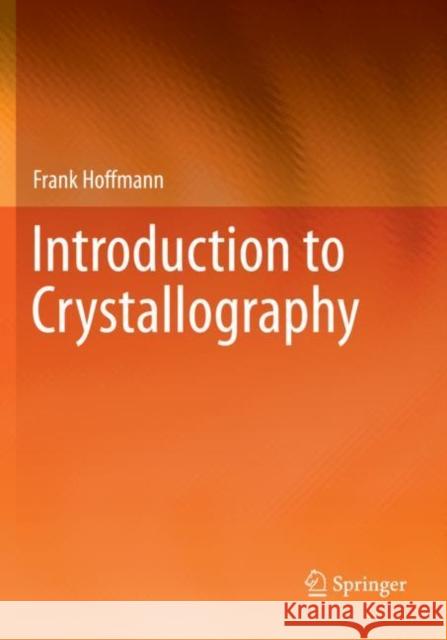Introduction to Crystallography » książka
topmenu
Introduction to Crystallography
ISBN-13: 9783030351090 / Angielski / Twarda / 2020 / 309 str.
Introduction to Crystallography
ISBN-13: 9783030351090 / Angielski / Twarda / 2020 / 309 str.
cena 302,60
(netto: 288,19 VAT: 5%)
Najniższa cena z 30 dni: 289,13
(netto: 288,19 VAT: 5%)
Najniższa cena z 30 dni: 289,13
Termin realizacji zamówienia:
ok. 22 dni roboczych
Bez gwarancji dostawy przed świętami
ok. 22 dni roboczych
Bez gwarancji dostawy przed świętami
Darmowa dostawa!
Kategorie BISAC:
Wydawca:
Springer
Język:
Angielski
ISBN-13:
9783030351090
Rok wydania:
2020
Wydanie:
2020
Ilość stron:
309
Waga:
0.63 kg
Wymiary:
24.41 x 17.65 x 2.24
Oprawa:
Twarda
Wolumenów:
01
Dodatkowe informacje:
Wydanie ilustrowane











